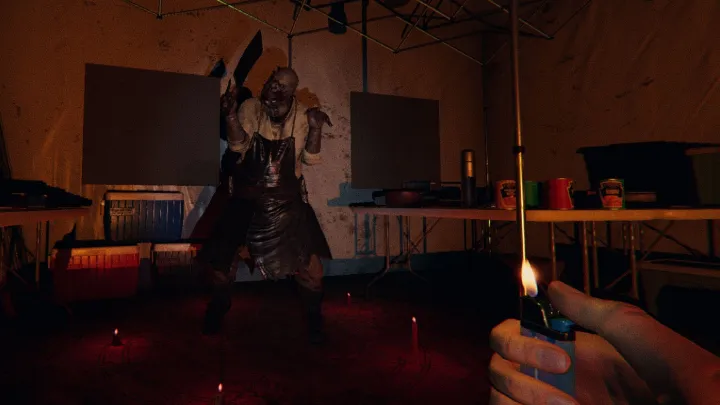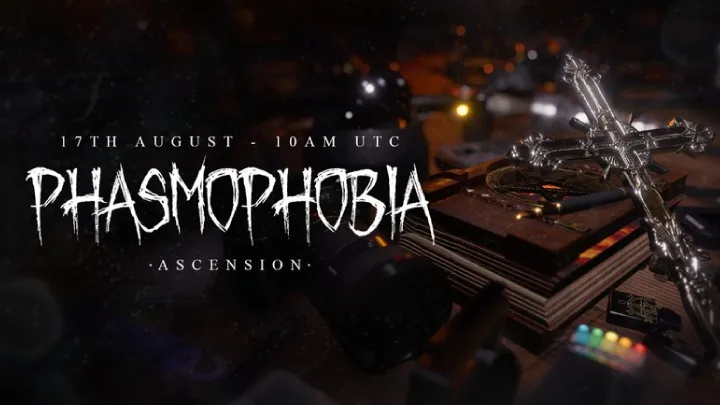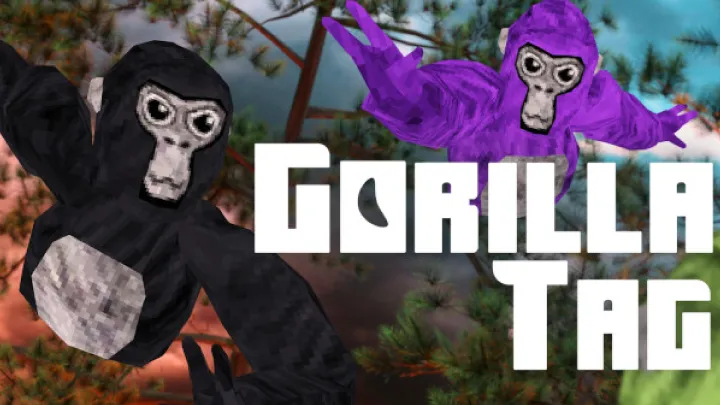Understanding the Basics of Phasmophobia
The Game’s Premise
Core Gameplay Mechanics
- Ghost Identification: Players must gather evidence and clues to identify the ghost type. This can involve using various tools and observing ghostly behavior.
- Sanity Management: Players have a sanity meter that decreases as they encounter supernatural events. Maintaining sanity is crucial for survival, as lower sanity increases the likelihood of ghost attacks.
- Team Dynamics: Communication and teamwork are vital in Phasmophobia. Players must share information and coordinate their efforts to succeed in their hunts.
Getting Started: Tips for New Players
Choosing Your Equipment
- Starter Gear: When starting, you have access to basic equipment such as flashlights, EMF readers, and spirit boxes. Familiarize yourself with these tools before diving into more advanced gear.
- Understand Each Tool: Each piece of equipment has a specific purpose. For example, the EMF reader detects electromagnetic fields, while the ghost writing book allows ghosts to communicate through writing.
Familiarizing Yourself with Controls
- Movement and Interaction: Learn how to move, crouch, and interact with objects. Efficient movement can help you evade ghosts and explore locations more effectively.
- Inventory Management: Familiarize yourself with the inventory system to quickly switch between tools. Knowing how to manage your inventory can be crucial during intense encounters.
Exploring the Haunted Locations
Importance of Exploration
- Thorough Investigation: Take your time to explore each room thoroughly. Look for clues such as ghost orbs, fingerprints, and temperature drops that can help identify the ghost.
- Use Flashlights Wisely: Flashlights are essential for visibility, especially in dark areas. Consider using the UV flashlight for checking for fingerprints and other ghostly signs.
Observing Ghost Behavior
- Listen for Sounds: Pay attention to audio cues such as ghostly whispers, footsteps, or doors opening. These sounds can provide valuable hints about the ghost’s location and activity.
- Monitor Activity Levels: Use the activity monitor in the truck to track ghost activity. High activity levels often indicate that the ghost is becoming more aggressive.
Gathering Evidence
Types of Evidence
- EMF Level 5: If the EMF reader reaches level 5, it indicates the presence of certain ghost types.
- Ghost Orbs: Using a video camera, players can spot ghost orbs, which are visual indicators of specific ghost types.
- Spirit Box Communication: The spirit box allows players to communicate with the ghost. If the ghost responds, it can be a crucial piece of evidence.
Effective Evidence Collection
- Work as a Team: Divide responsibilities among team members. While one person gathers evidence, others can monitor sanity levels or keep an eye on the truck’s camera feeds.
- Be Patient: Ghosts may take time to manifest or respond. Don’t rush the process; allow time for the ghost to reveal itself and provide evidence.
Managing Sanity
Understanding the Sanity Meter
- Monitor Your Sanity: Keep an eye on your sanity meter displayed in the truck. The lower the sanity, the higher the chance of a ghost attack.
- Signs of Low Sanity: If players start experiencing ghost events, such as flickering lights or ghostly sounds, it may indicate a drop in sanity.
Strategies for Maintaining Sanity
- Use Sanity Pills: Sanity pills can help restore sanity when levels drop too low. Decide when to use them strategically, especially before entering high-risk situations.
- Stay in Groups: Staying close to your teammates can help maintain sanity levels. Ghosts are less likely to attack when players are together.
Communicating with Your Team
Importance of Communication
- Use Voice Chat: Utilize voice chat to share information about ghost sightings and evidence. Clear communication helps coordinate actions and keeps everyone informed.
- Call Out Findings: When you discover evidence or observe ghost behavior, call it out to your teammates. This helps everyone stay on the same page and make informed decisions.
Establishing Roles
- Designate a Leader: Having a designated leader can streamline decision-making during hunts. The leader can coordinate actions and ensure everyone knows their tasks.
- Specialize in Equipment: Consider assigning team members to focus on specific tools, such as the EMF reader, thermometer, or spirit box. Specialization can lead to more effective evidence collection.
Dealing with Ghost Encounters
Understanding Ghost Types
- Learn Ghost Characteristics: Familiarize yourself with various ghost types, such as Wraiths, Phantoms, and Ghouls. Understanding their traits can help you anticipate their actions.
- Identify Weaknesses: Some ghosts have specific weaknesses, such as salt or certain types of crucifixes. Knowing these can aid in defensive measures during encounters.
Strategies for Survival
- Hide When Necessary: If the ghost becomes aggressive, find a hiding spot. Closing doors can slow down the ghost's pursuit, giving you more time to evade.
- Use Flashlights: Flashlights can help you see in dark areas and locate escape routes. Always keep your flashlight handy during intense encounters.
Utilizing Equipment Effectively
Understanding Your Tools
- EMF Reader: Use the EMF reader to identify ghost presence. Pay attention to spikes in readings, as they indicate nearby ghost activity.
- Thermometer: The thermometer helps detect cold spots, which can be a sign of ghost activity. A significant drop in temperature often indicates the ghost's presence.
Advanced Equipment Usage
- Video Cameras: Set up video cameras in strategic locations to monitor ghost activity remotely. This allows you to gather evidence while staying safe in the truck.
- Sound Sensors: Use sound sensors to detect ghost movement in specific areas. This can help you pinpoint the ghost's location without entering the location directly.
Completing Objectives
Understanding Mission Objectives
- Read the Board: Before starting a mission, read the objective board to understand what you need to accomplish. Some objectives may require specific actions, such as capturing a photo of the ghost.
- Prioritize Objectives: Focus on completing objectives as they provide valuable rewards and contribute to your team's success.
Strategies for Objective Completion
- Divide and Conquer: Split your team to tackle multiple objectives simultaneously. This can speed up the process and make the hunt more efficient.
- Keep Track of Progress: Regularly check off completed objectives to stay organized and focused on what remains.
Preparing for the Endgame
Assessing Your Readiness
- Upgrade Your Equipment: Invest in better gear and tools as you progress. Higher-tier equipment can significantly improve your chances of survival in tougher missions.
- Familiarize with Higher-Level Ghosts: As you level up, you may encounter more powerful ghosts. Understanding their characteristics and weaknesses is crucial for success.
Final Strategies for Success
- Coordinate with Your Team: Ensure that everyone is on the same page regarding strategies and objectives. Clear communication is key to success in high-stakes situations.
- Stay Calm Under Pressure: Ghost encounters can be intense. Staying calm and collected can help you make better decisions during critical moments.
Conclusion



















